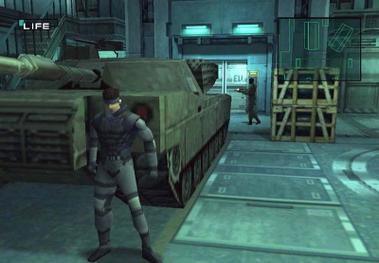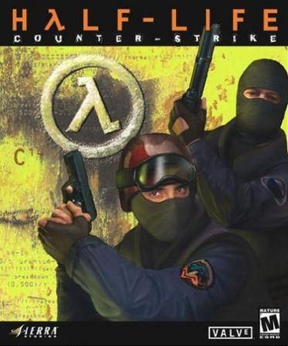 So far, we've discussed about various game elements that make a game. Some game elements include having a clear goal/ objective, challenges, story, increasing difficulties etc. However, such elements do not appear in The Sims. So is it a game?
So far, we've discussed about various game elements that make a game. Some game elements include having a clear goal/ objective, challenges, story, increasing difficulties etc. However, such elements do not appear in The Sims. So is it a game?The Sims does not have an ultimate goal that very player is heading to. Different people play the game in different way to achieve their own personal goal defined by themselves. The stories are created by the users themselves while playing the game. One interesting element of The Sims is that, player actually do not get bored about uninteresting happenings of real life such as eating, sleeping, showering and brushing teeth etc in the game.
In my opinion, I think The Sims can be so successful even it does not follow the traditional game design concepts is because it empowered the user to create. Perhaps, this also explained why the recent game by Will Wright, Spores, is also doing so well.
 Generally, L4D's GUI takes the minialist approach. This can be seen in the game play GUI, which is basically made up of 3 main regions of information which the player requires to know while playing. They are namely the health indictor (at the bottom of the screen), the inventory (on the right) and the status of events (on the left) as shown in the red boxes marked out in the image below.
Generally, L4D's GUI takes the minialist approach. This can be seen in the game play GUI, which is basically made up of 3 main regions of information which the player requires to know while playing. They are namely the health indictor (at the bottom of the screen), the inventory (on the right) and the status of events (on the left) as shown in the red boxes marked out in the image below.




